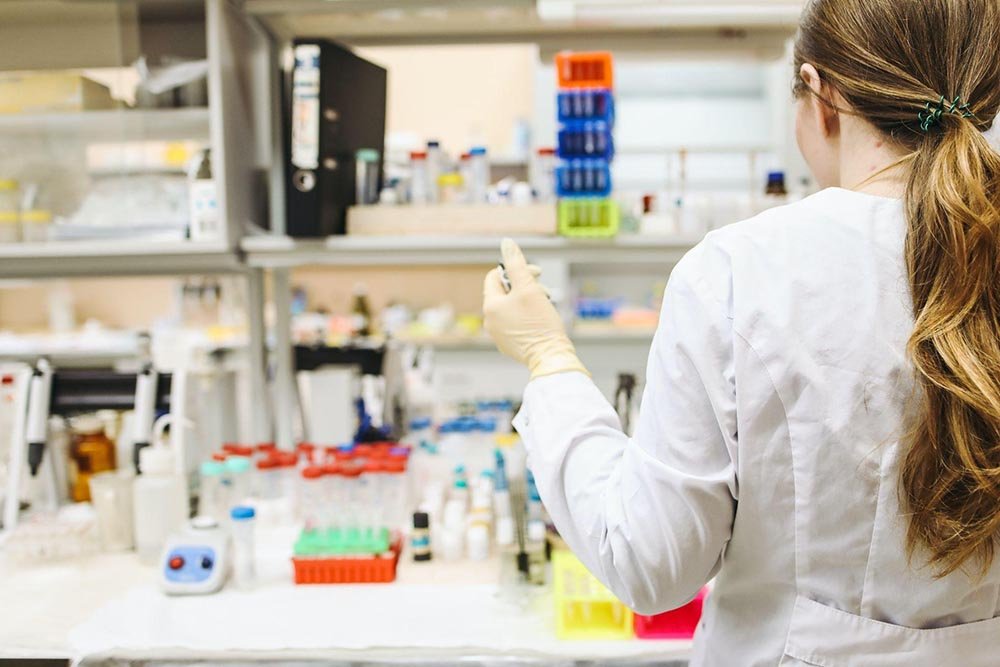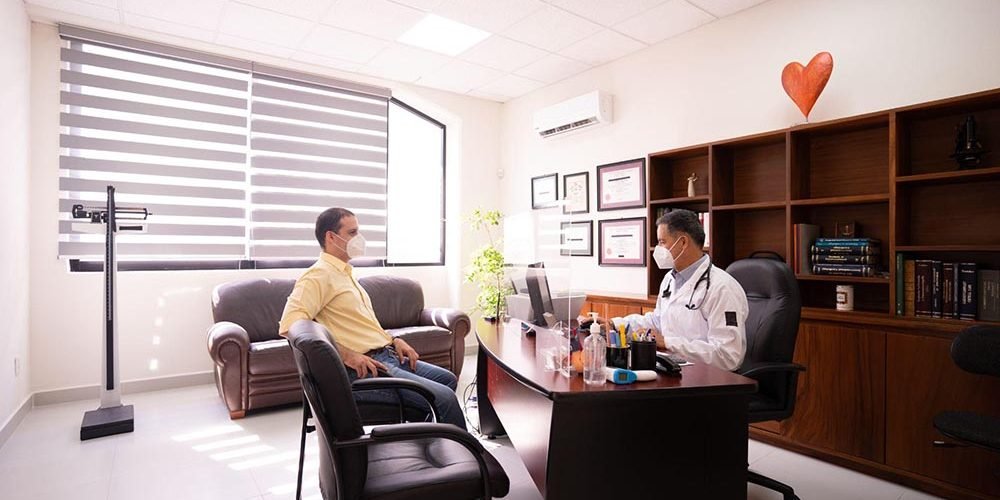Drug and alcohol test in the workplace has become an increasingly important issue in recent years. Employers have a responsibility to provide a safe and healthy work environment for their employees and drug and alcohol testing plays a significant role in achieving this goal.
In this article, we will discuss the importance of a drug and alcohol test. We will look at how drug and alcohol tests can help identify potential risks, as well as how they can be used to reduce workplace hazards. Additionally, we will cover other forms of drug and alcohol testing such as functional capacity assessments, pre-employment medicals and health surveillance. Finally, we’ll explore some strategies for effective injury management and medical consultation in the workplace.
Table of Contents
What is Drug and Alcohol Testing in the Workplace?
Drug and alcohol testing in the workplace is a process of checking employees for the presence of drugs or alcohol in their system. The purpose of this testing is to detect substance abuse among employees and ensure that they are fit to perform their work safely and efficiently. Testing can be done through various methods, including urine, blood, hair, or saliva tests.
Drug and alcohol testing in the workplace has become an important issue in recent years as employers have a responsibility to provide a safe and healthy work environment for their employees.
The Need for Drug and Alcohol Testing in the Workplace
Drug and alcohol testing in the workplace is necessary due to the potential negative impact of substance abuse on employee health and safety, as well as on the overall success of the organization. Substance abuse can lead to decreased productivity, increased absenteeism, and a higher risk of workplace accidents. It can also result in decreased morale and increased turnover among employees. By detecting substance abuse through a drug and alcohol test, employers can identify and address the issue, reducing the potential risks and negative consequences.
By providing a safe and healthy work environment, employers can also improve employee morale and productivity, as well as minimize the financial impact of substance abuse.
The Different Types of Assessments
There are several different types of assessments in the workplace. These include functional capacity assessments, pre-employment medicals, health surveillance, workplace risk assessment and workplace hazard assessment.
- Functional capacity assessments: Functional capacity assessments are used to measure an employee’s physical and mental ability to perform a job safely. This type of assessment helps employers identify any potential health issues that may be impacting their worker’s performance or ability to work safely.
- Pre-employment medical: Pre-employment assessment is performed prior to hiring an employee. This assessment is conducted to determine if the individual is fit for the job, as well as whether they have any drug or alcohol-related issues that may affect their performance.
- Health surveillance: Health surveillance assessments are designed to monitor employees for any changes in their health that may be linked to drug or alcohol use. These tests help employers ensure that workers remain safe on the job.
- Workplace risk assessment: A workplace assessment program should also incorporate a workplace risk assessment. This assessment reviews the potential risks associated with drug and alcohol use in the workplace, such as accidents or injuries caused by impaired workers.
- Workplace hazard assessment: In addition to drug and alcohol testing, employers should also consider conducting a workplace hazard assessment. This type of assessment requires employees to identify any potential hazards that exist due to drug or alcohol use in the workplace.
The Benefits of Conducting Drug and Alcohol Test in the Workplace

Implementing drug and alcohol testing in the workplace can bring several benefits to an organization, including:
- Improved Safety: Drug and alcohol testing can help to reduce the risk of workplace accidents and injuries by detecting substance abuse among employees. This can help to create a safer work environment for all employees.
- Increased Productivity: Substance abuse can lead to decreased productivity, absenteeism, and decreased morale among employees. Drug and alcohol testing can help to detect and address these issues, resulting in increased productivity and improved morale.
- Compliance with Regulations: Drug and alcohol testing may be required by law in certain industries, such as transportation and construction. By implementing testing, organizations can ensure compliance with these regulations and avoid potential legal consequences.
- Better Workplace Culture: Implementing drug and alcohol testing can help to create a workplace culture of health and safety, where employees feel valued and supported. This can improve employee morale and job satisfaction, leading to reduced turnover and increased loyalty to the organization.
- Lower Health Care Costs: Substance abuse can result in increased health care costs due to increased absenteeism, decreased productivity, and increased risk of workplace accidents. By implementing drug and alcohol testing, organizations can reduce these costs and improve overall health outcomes among employees.
By conducting a drug and alcohol test on a regular basis, employers can also help ensure that their employees remain safe and productive on the job. Furthermore, drug and alcohol tests are beneficial for creating an open dialogue between employers and employees about drug use in the workplace.
Best Practices for Combining Health and Safety in Drug and Alcohol Testing Programs
When establishing a drug and alcohol testing program in the workplace, it’s important to combine both health and safety strategies. This includes incorporating drug-testing protocols into existing injury management plans, such as providing medical management consultations to employees who have been found to be under the influence of drugs or alcohol.
Additionally, drug and alcohol testing should also be used as part of a comprehensive safety program that includes job hazard analyses, education and training sessions, workplace inspections and drug awareness campaigns.
Employers should also ensure that the testing process is performed in a confidential and respectful manner and that employees have access to support and resources if they test positive for substance abuse.
The Future of Drug and Alcohol Testing in the Workplace and its Impact on Health and Safety
The future of drug and alcohol testing in the workplace is likely to be shaped by advances in technology and changing attitudes towards substance abuse. As technology continues to evolve, new and more efficient methods of testing may become available, such as instant screening tests using oral fluid or sweat.
In addition, as attitudes towards substance abuse and addiction continue to shift, employers may place a greater emphasis on supporting employees who struggle with substance abuse, rather than simply testing and penalizing them. This could lead to increased investment in employee wellness programs and support services, such as employee assistance programs and rehabilitation services.
Finally, changes in drug laws and cultural attitudes towards drugs such as marijuana may also impact the future of drug testing in the workplace. As the use of marijuana becomes more accepted and legalized in some states, employers may need to reassess their drug testing policies and procedures to ensure that they are still meeting the needs of the organization and its employees.





